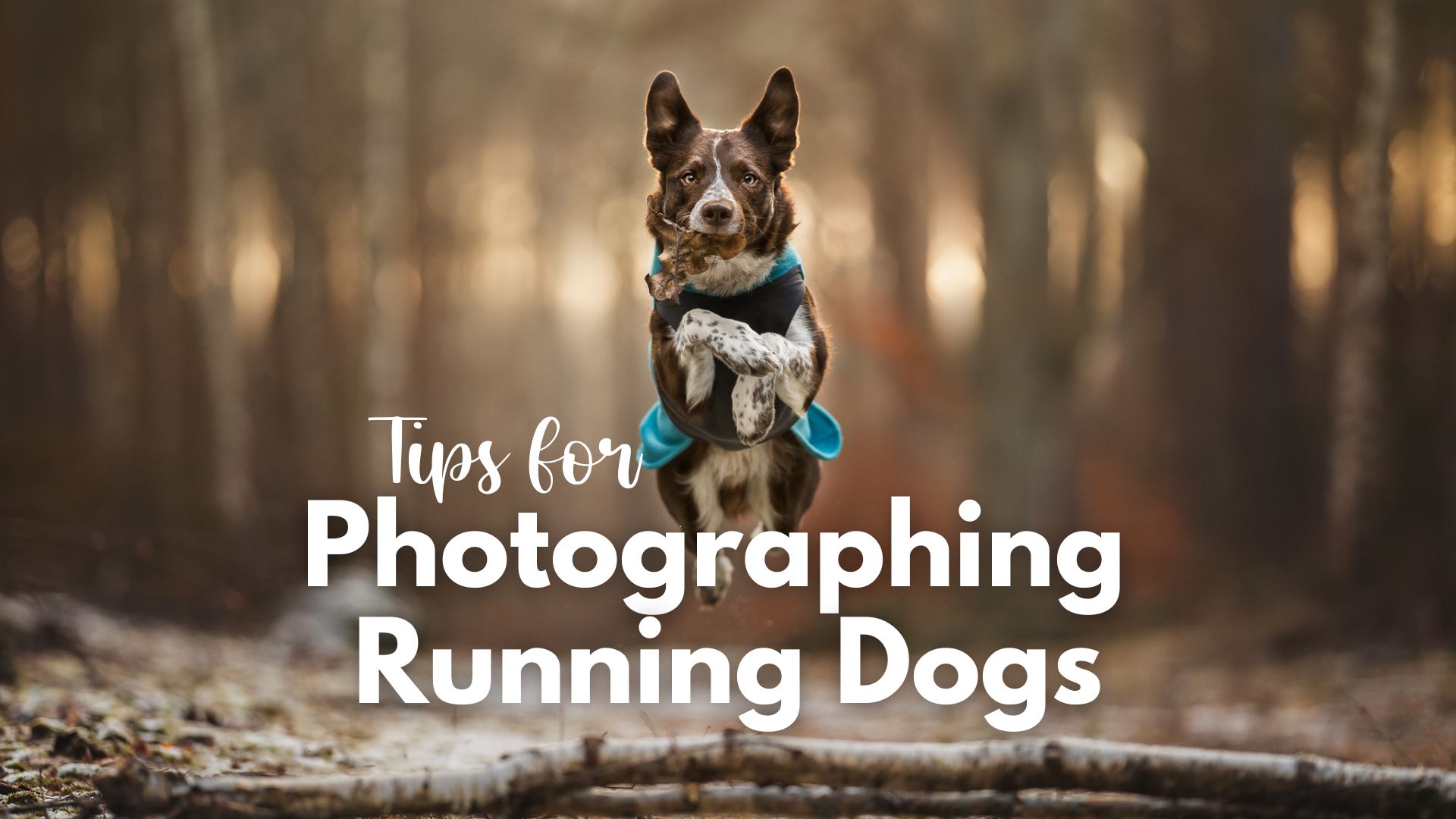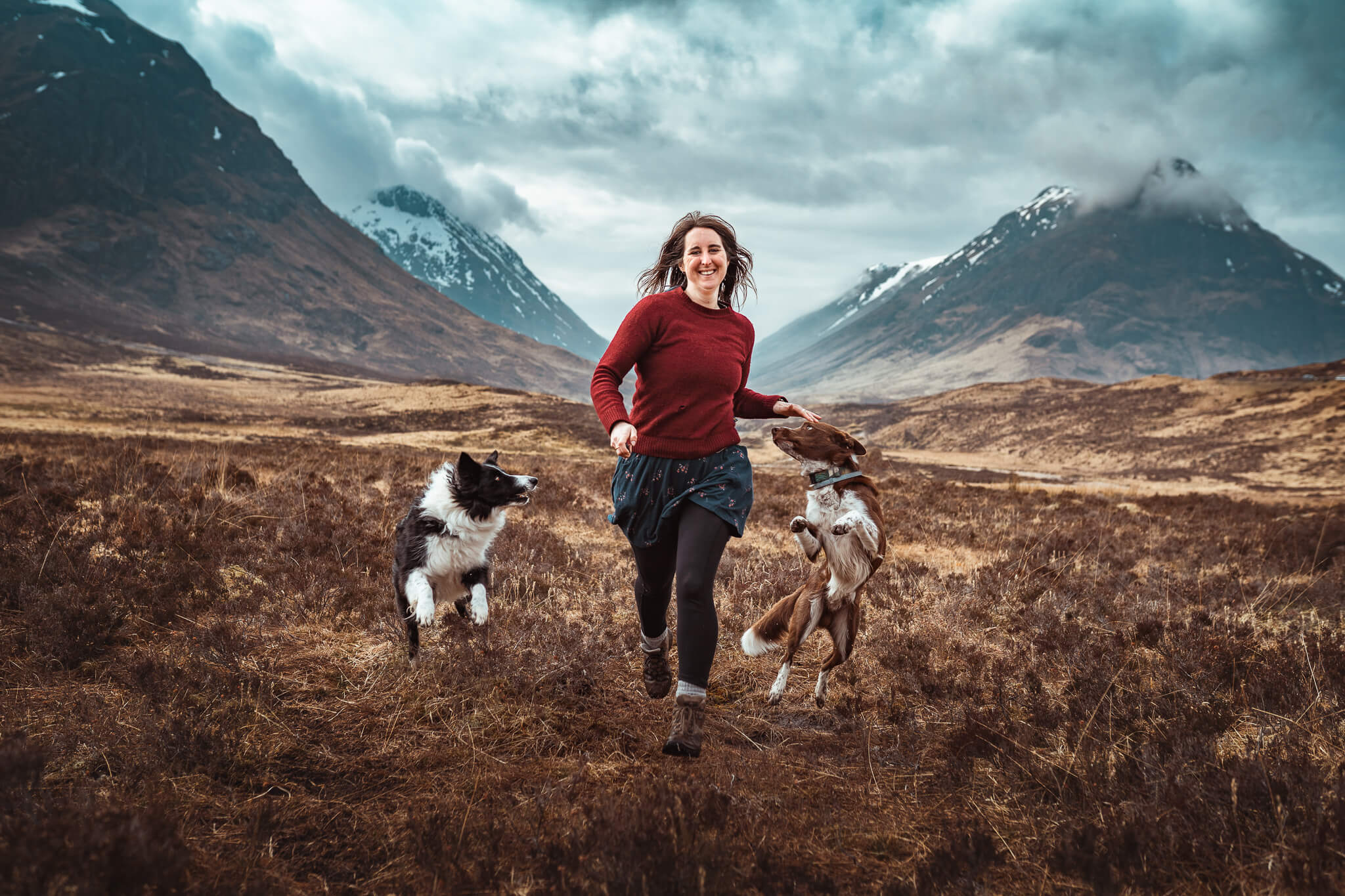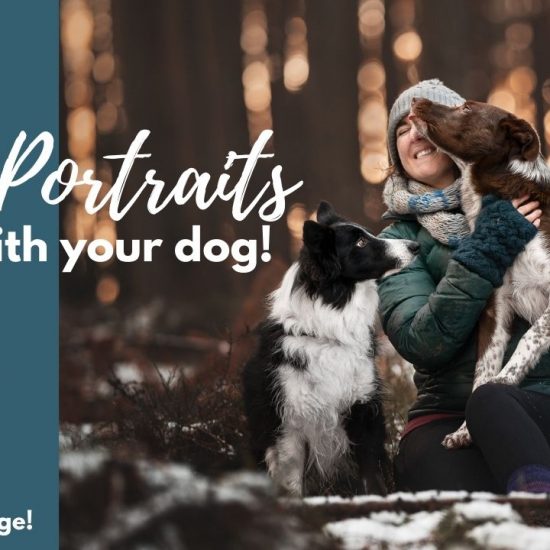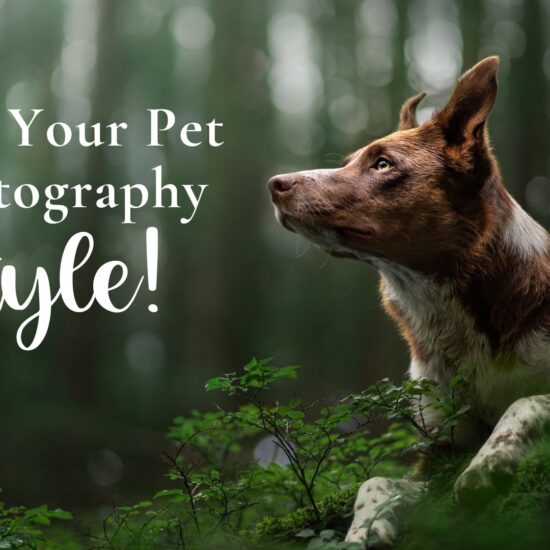Taking sharp, in-focus action photos of dogs running has to be one of the most challenging tasks for any pet photographer! But, it’s also amazing to be able to capture a dog in full stride, leaping over a log, flying for a frisbee, or getting that perfect running contact hit in agility.
Inspawration Photography is SUPER excited to be welcoming action photographer extraordinaire Chris van Riel (click here to check out his work on IG), to run a 6-part webinar series all throughout 2024! To get us ready for pre-release of the webinars, he shared some tips for taking incredible action photos.
But… if you REALLY want to level up your action-photography game, make sure you sign up for the webinar series, taking place every 2 months all throughout 2024. Check it out here!
1. Choose Your Gear
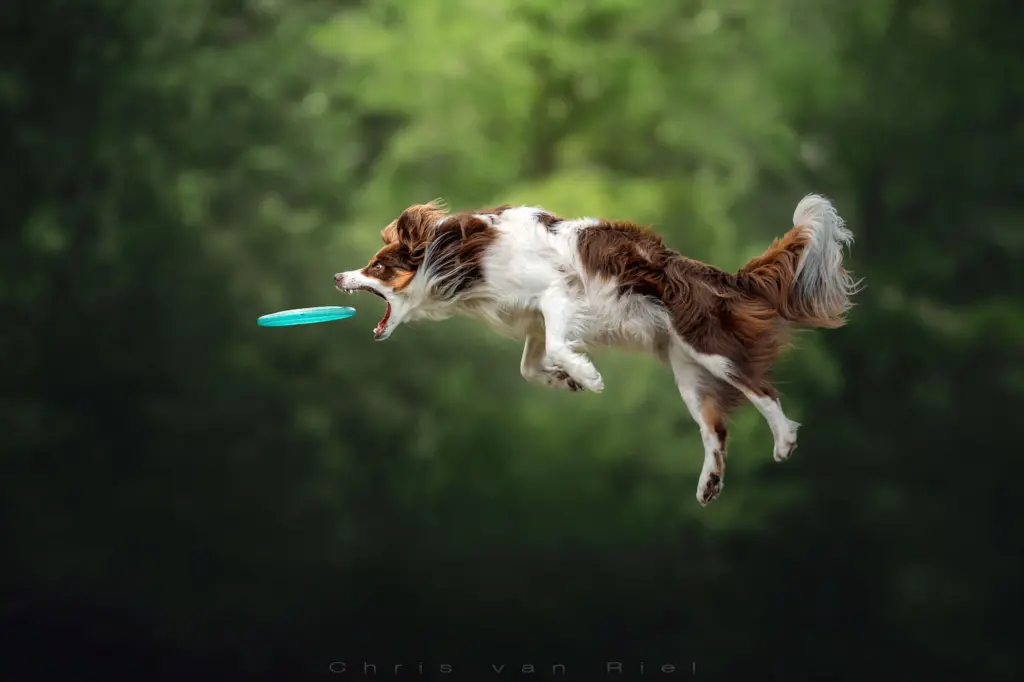
Chris has a great fascination with gear and all the technical elements that go into capturing photos of dogs in motion. While my eyes tend to glaze over as he talks about exactly what’s going on inside a camera as a dog runs toward it, and how the depth of field gets narrower, and and and… it IS really important! If you want to nerd out with Chris and learn alllll about gear and settings, make sure you join us for the Poetry in Motion action webinar series!
The gear you choose can make or break your action photos. From having a camera with a fast enough autofocus system, to using a long lens length – at least 135mm! to distance you from your subject and to get those beautiful blurry backgrounds.
If you want to get seriously into action photography, you may even need to think about a sport-specific camera, like the Sony a9 series (which Chris uses) as it’s built for action.
While many prosumer cameras are ok at normal action, it’s important to remember that the job we’re asking the camera to do is MUCH more difficult with dogs. After all they tend to:
- move erratically, either off to the side, or up and down as they run
- be smaller than many other subjects that are often used for sport photos (humans, horses, cars) and therefore have less to focus on (the eye is small!) AND by the time they get closer, the depth of field is extremely narrow!
- be faster than many other sport subjects (kids playing soccer, for example)
2. Master Your Settings
The settings you choose can either make or break your photos, and this is especially true for action photography!
I know, getting off auto-modes, or staying away from “sport modes” can be tough (did you know I have a whole mini course just to help you master your camera settings? You can find it here!)
Chris’ recommendation for action photo settings are:
- Keep your aperture nice and wide (small f/ number). This gives you those beautiful, blurry backgrounds.
- Shutter speed should always be faster than 1/1250 second
- Put your ISO where it needs to be – yep, it might need to be reasonably high, OR, go to a location with more light.
- Set your camera to continuous autofocus, in a wider focus area like Zone. You can try and keep a smaller focus area over the eye but it’s incredibly difficult and not likely to be that successful. Don’t be surprised if Animal Eye AF DOESN’T work for these photos. The dog is moving too quickly for the AF system to pick out the area of contrast between eye and catchlight that it needs to find and lock onto the eye – and when it does, the eye moves again as the dog’s stride carries it forward.
- High speed burst allows you to fire off a higher number of shots during the run – just be careful to not “spray and pray”, hoping that will give you more success
- Pre-focus on the dog before it starts to run (back button focus is great for this!), but wait until the perfect moment to actually trigger the shutter
3. Try Sideways Action
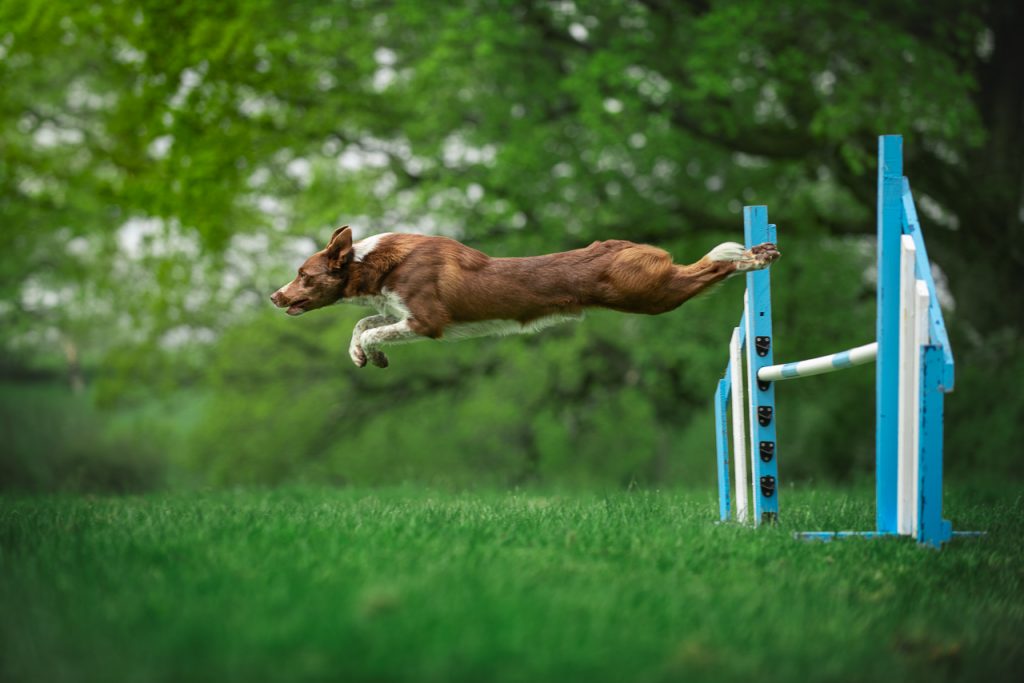
Chris says that sideways action is really underrated and is much easier to capture than photos of dogs running toward you!
Why? Because the plane of focus doesn’t have to change much, if at all!
When a dog runs sideways, they aren’t really moving toward or away from the camera. If they run toward YOU, they are rapidly, and erratically getting closer and the camera has to make a huge amount of calculations to try and predict where to focus – by the time it does, they’ve often moved even closer to the camera and focus is missed.
I love sideways action because you can really SEE the dog’s shape – their legs, their power, their athleticism. While running toward the camera has more connection, running sideways shows off more of the dog.
4. Running Toward the Camera Shots
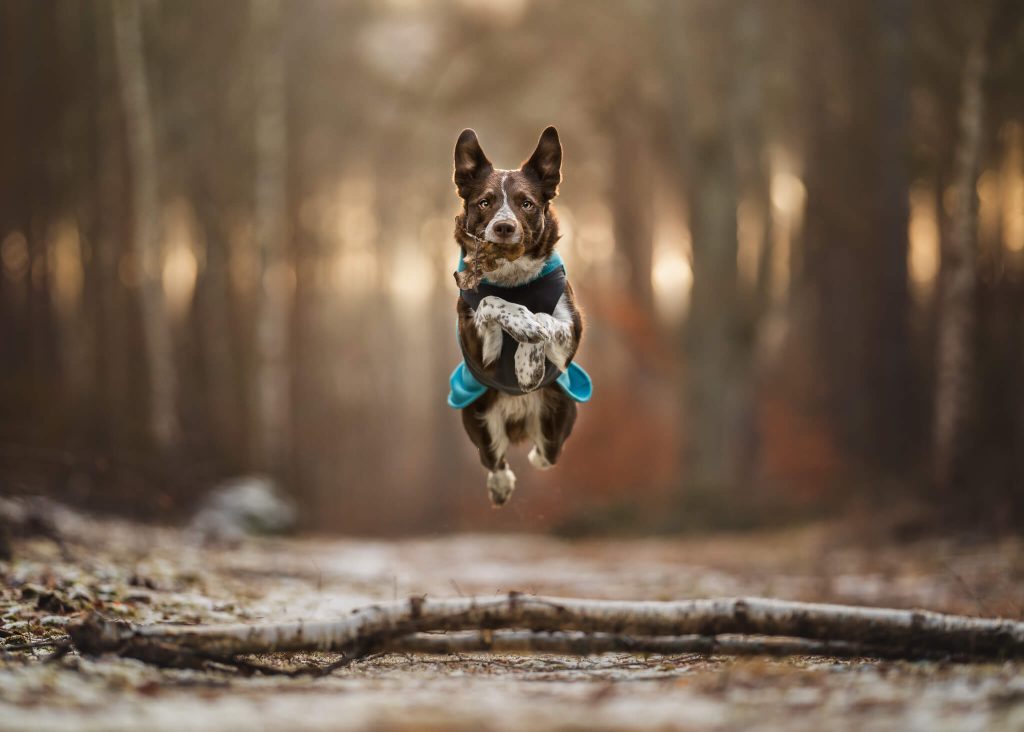
Of course, photos where the dog is running toward the camera are a favourite of photographers and clients alike… but they’re probably also the most difficult.
There’s a reason why MANY photographers use a log and get the dog to run and jump over it.
Why? Because you can capture that perfect moment and give your camera the best chance of focusing where it needs to focus. Rather than firing the shutter for 20 photos, each time the camera has to struggle to catch up, predict, and re-focus, you wait for the moment the dog is in the air… THEN take the photo.
Pre-focus your camera on the dog… release it to run toward the camera… wait until it’s in the air, then trigger the shutter. You’ll probably only need 2-3 photos. Often, in this situation, our camera will have the first photo in focus, and if you’ve timed it well, it’ll be the perfect moment.
Note! If you’re using a mirrorless camera, keep one eye on the viewfinder, but time your shutter with your eye on the dog in real life. Because the viewfinder and screen is an electronic relay of what it sees, there’s a very slight delay between what it shows, and reality. Meaning, if you rely on the screen or viewfinder, you may be a half second too slow in triggering focus.
5. Carefully Choose Your Location
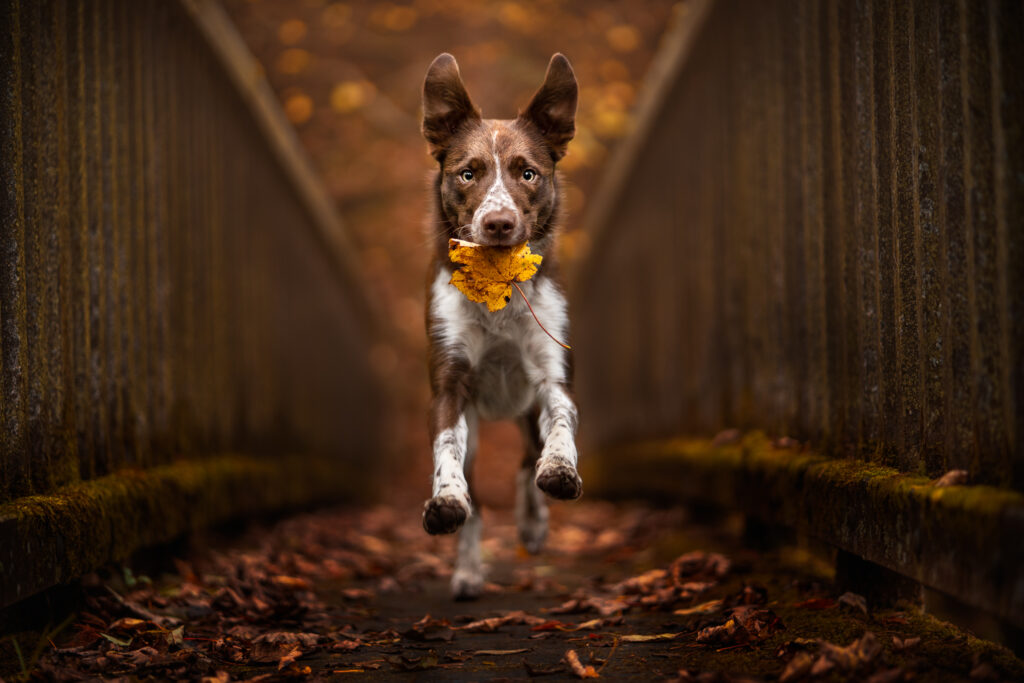
Put some careful thought and planning into your location for action photos.
Safety is big on Chris’ mind when it comes to shooting action photos, whether dogs running toward him, or frisbee dogs leaping, twisting, and flying. Make sure the path or ground doesn’t have loose branches, holes, or rubble, things they can trip or hurt their toes or paws on.
(And, as a side note, please make sure dogs are warmed up before running around, jumping, or leaping…. and please, please, please can we stop jumping young puppies over branches? I don’t care if you only say you do it once and get the shot. Young puppies shouldn’t be jumping over branches and logs. Full stop.)
Aside from safety concerns, there’s a few other things you want to have a look at when it comes to your location:
- Enough bright light! For action photos, full sun can also be fine as you can crank that shutter speed, and you’ll get heaps of contrast, otherwise you’ll want to find areas with plenty of bright, ambient light. Eg., don’t be doing action in the middle of the deep dark woods. Similarly, if you try and underexpose action photos because of strong backlight, the camera is going to have a reeeallllyyyy hard time finding and focusing on the dog. That’s not to say you can’t do backlit action photos… you just need a lot more ambient light to balance it.
- Watch out for distractions – for the camera! I often talk about distractions to our viewer, but in this case, we need to be aware of things our camera can latch on to! Bushes, grasses, things sticking out in the foreground, can all just make the job of our camera much harder.
- For leaping photos, an area with tall trees will mean you can avoid having the transition between trees and sky in the background, and can edit out the ground so it looks like the dog is really flying.
Of course, for photos indoors like at agility competitions, you don’t have much choice in your location or lighting! Just work with what you’ve got! Yes, the ISO will be high. But there’s honestly, really, no way around that.
Those are our top tips for action photos!
If you want to delve even more deeply into the subject and really begin to understand the science and technical elements of photographing dogs in morion, make sure you don’t miss the webinar series! This is how 2024 is shaping up!
- February: getting started, camera settings, safety, why action photography
- April: everything about sideways action, equipment, settings, positioning, locations, repeatability, timing
- June: everything about frontal action + exposing problems with equipment, settings, positioning, locations, repeatability, timing
- August: equipment masterclass. Explaining problems with equipment. The shutter problem, focus speed and focus distance, crop vs fullframe, focus systems in cameras explained, electronic shutters explained.
- October: editing a photo with dogs running.
- December: how to make a photo with two dogs running, or editing a frisbee photo
Signing up to the webinar series gives you access to all SIX of the webinars Chris will be holding. You can attend live, or watch the recording back later! If you join throughout the year, the recordings from the earlier webinars will be available to you.
Early-bird Pre-sale now on! Save €100! That means each webinar is only €58 😱 Early bird pre-sale is only until January 2024 so don’t miss out!
Sign up here and get ready for action!
Until next time!
~Emily, Loki & Journey

